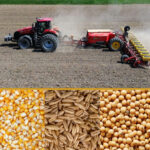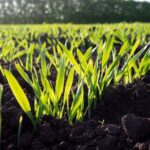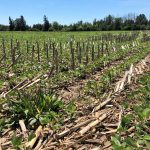Earth Day 2021: natural field borders
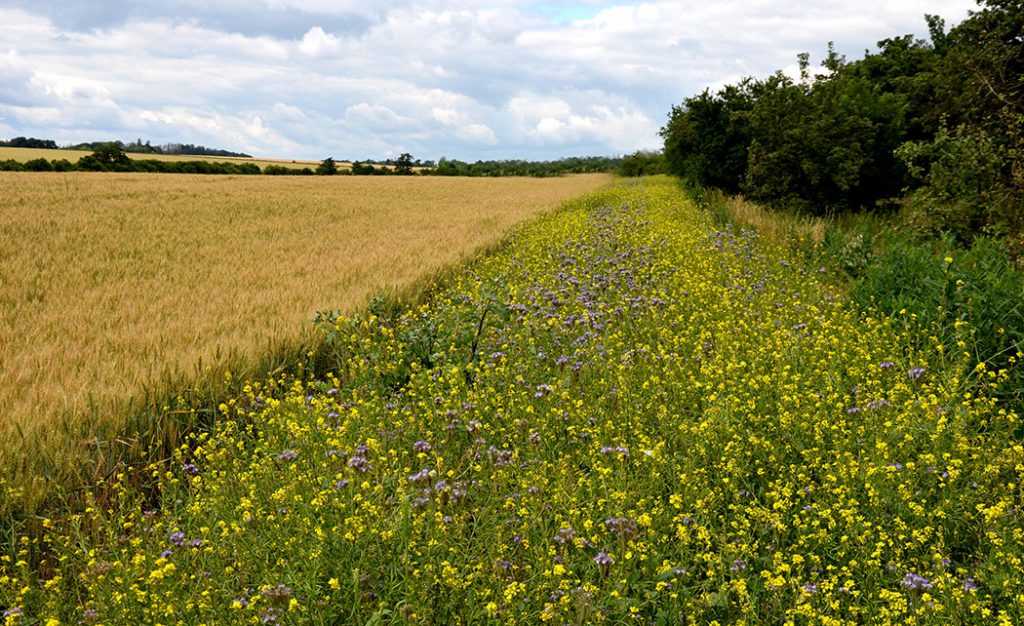
Let’s celebrate Earth Day this week but learning more about how Ontario agriculture can help protect our environment, and why natural field borders are key to our protection methods.
Driving down a backroad in Ontario you are bound to see many farmer’s fields, many of which have their fields bordered with grass, trees, wildflowers, or any naturally growing plants. These borders are not just for show, they have been kept there or have even been planted for a reason; these wild field borders, also called a windbreak, have a strongly positive environmental impact.
Environmental Benefit #1- Provides Habitat for Wildlife
Field borders help to encourage plant diversity and provides habitat for many species of Ontario wildlife. Species such as birds, bees, rabbits, foxes, mice, turkeys and more are able to build their habitat in these borders. These field borders quickly become the location of a new ecosystem. These field borders provide an environmental benefit by providing shelter for many Ontario wildlife species and helps to develop a thriving ecosystem next to a grain farm.
Environmental Benefit #2- Natural Pest Protection
Field borders also help to protect farmer’s fields from the pests that may exist in neighboring fields. Pests like insects, diseases and weeds can get “stuck” in these field borders if they try to navigate from one field to the next. Pests are not able to travel easily through these field borders and will often die off before they reach the neighboring field. Field edges can help limit the spread of disease spores, harmful bacteria and harmful insects between fields of grains. Without the spread of pests from one field to the next, farmers will use less pesticides to control those pests. read more able soil health in Ontario here.
Environmental Benefit #3- Help Prevent Soil Erosion
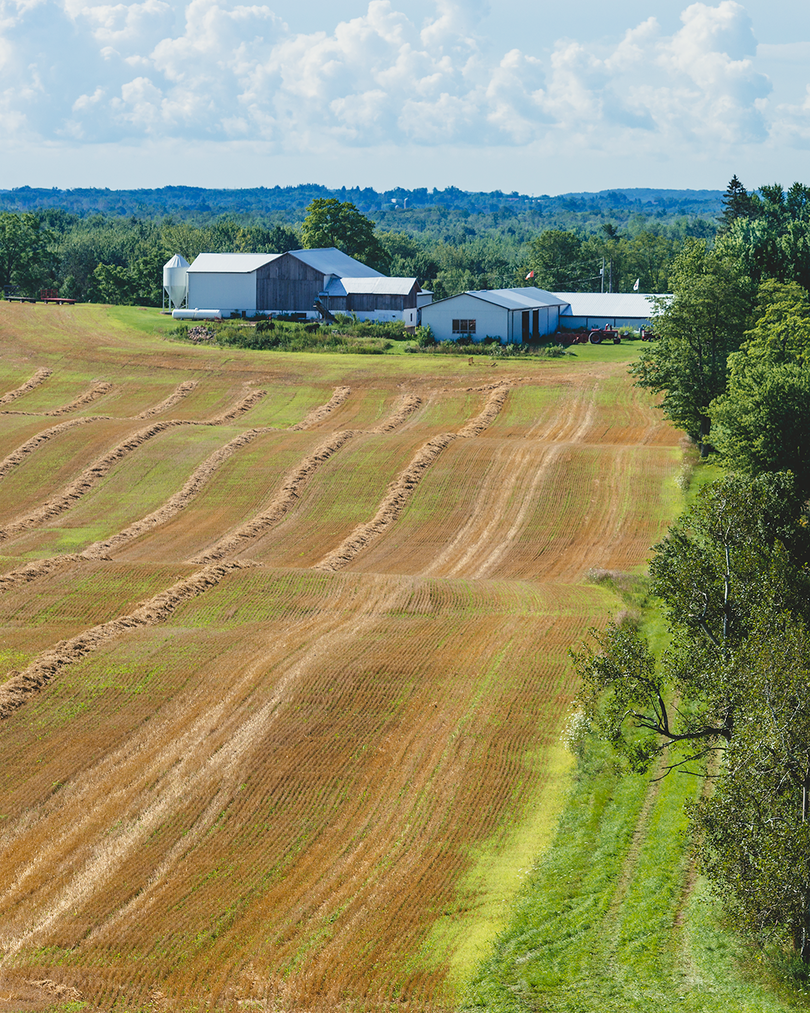
Natural field borders can help to prevent water and soil erosion which protects local waterways from pollutants from the field. They are effective in slowing runoff water and filter soil sediments from the water. This is another layer of protection to ensure our farmland stays in the fields- and anything in the farmland also stays in the fields. Field borders remove nutrients and chemicals from runoff water through uptake from the actively growing vegetation. Field borders are designed to intercepts chemicals and excess nutrients before they enter local water waterways which reduces erosion and benefits the environment by preserving water quality.
Next time you are cruising through the countryside in Ontario and you see the vegetation that borders fields, remember the multitude of environmental impacts that they have and that this is just one of the many ways the Ontario’s grain farmers are protecting the environment. Learn more about field borders here.

